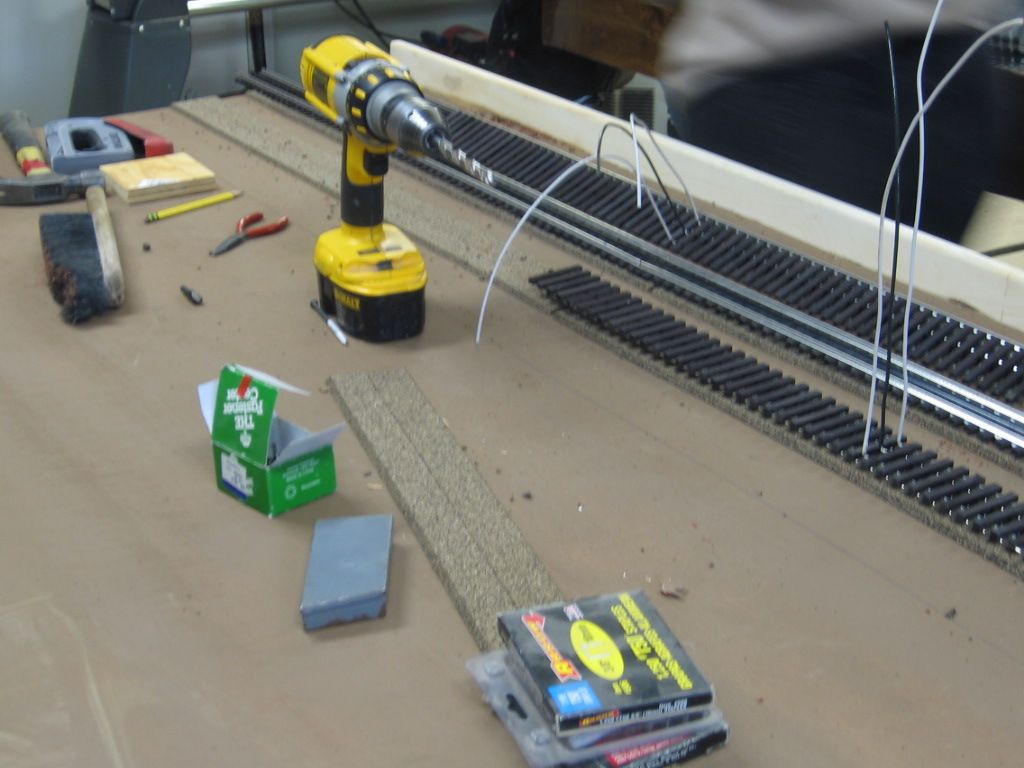so as I am thinking about laying track on my new layout, I know I want to run both TMCC and DCS. I am usin Gargraves flex track in 3 foot or so sections. I was thinking I might pre wire each section in about the middle of the piece with pigtail leads to the middle and one side rail as I lay the track. Feed those pigtails through holes underneath the track for later wiring into the power grid. I was also considering scolding a connection between the 2side rails on each pice to ensure the two side rails are electrically the same.
Bad idea to pre-wire the sections this way? Would it be better to just do the wiring to each section after the track is in place?
my first hi-rail layout so I need your advice.
Don Merz



